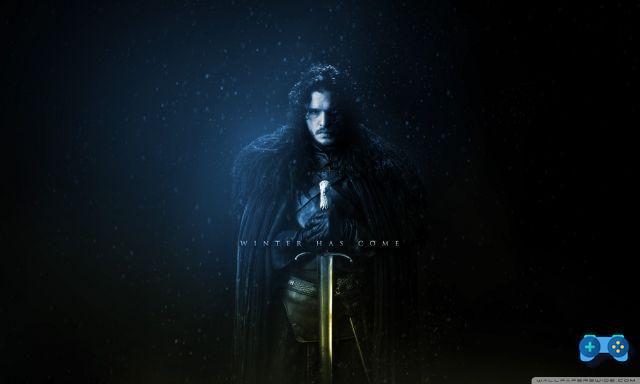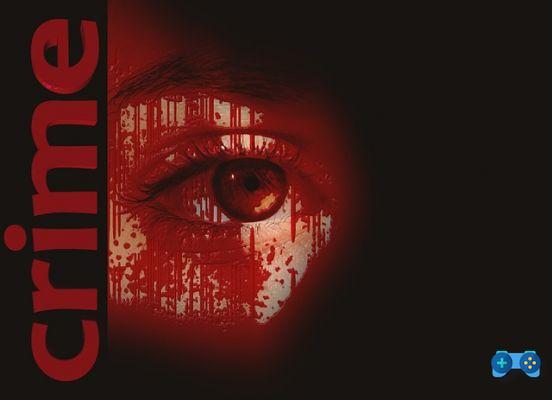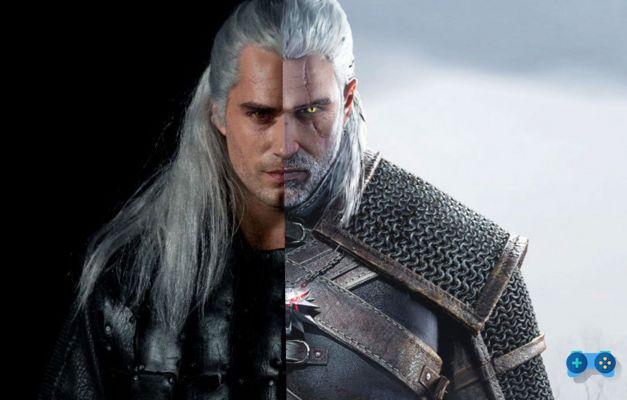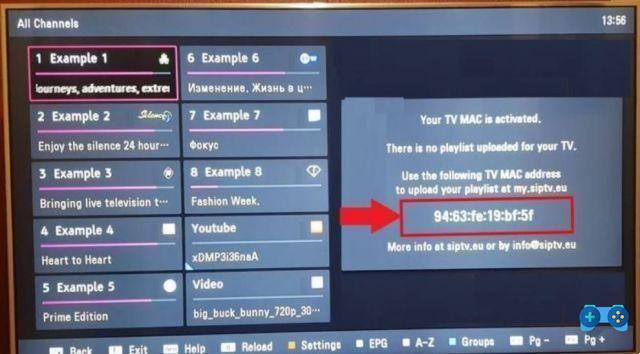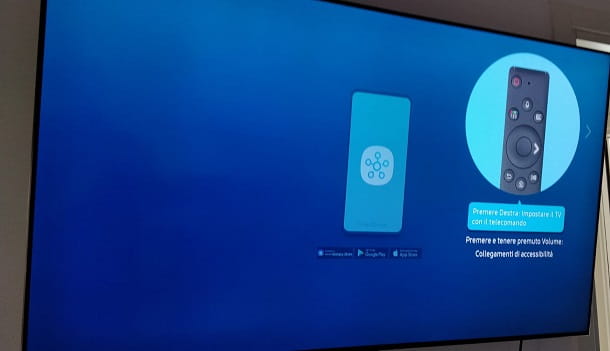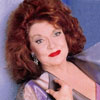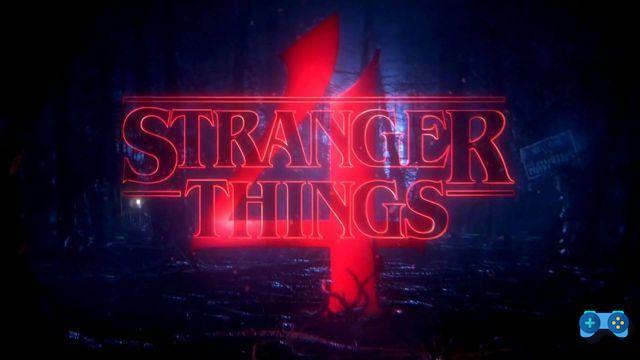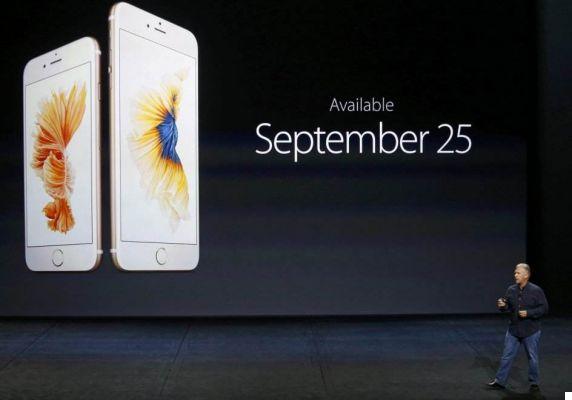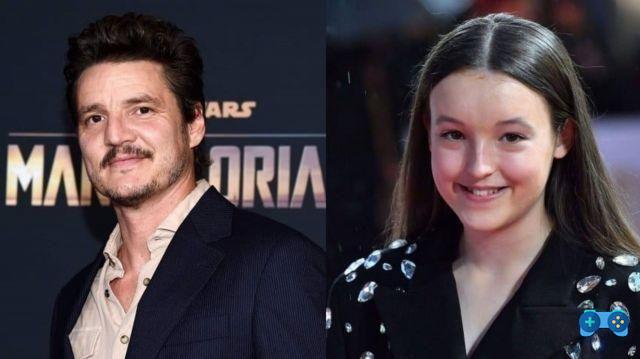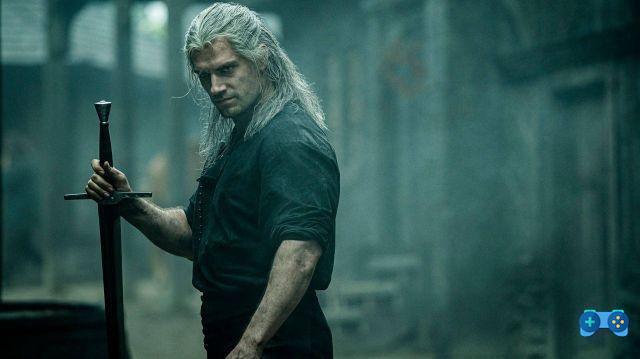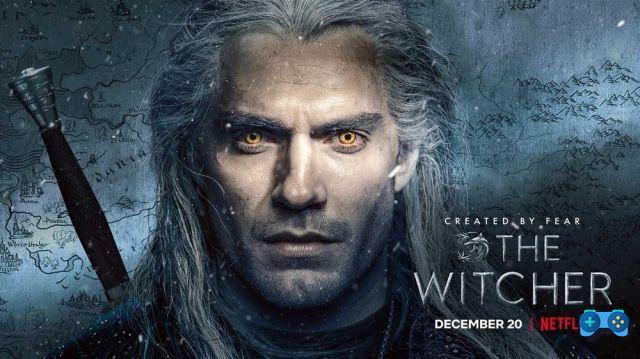
The television adaptation of Andrzej Sapkowski's books by Netflix and showrunner Lauren Schmidt Hissrich is now on everyone's lips. The witcher has in fact become in a very short time the most loved TV series by Netflixers around the world and although there have been some criticisms (I do not deny that I also found some narrative and directing choices somewhat questionable), the show proved to be a success, exceeding even the most optimistic expectations of the production.
Henry Cavill is practically perfect for the part of the gruff with a tender heart, Geralt of Rivia. Among other things, I strongly advise you to try to follow the series in the original language to fully enjoy Cavill's voice: practically identical to the Geralt of the videogames of CdProjekt RED. After all, Henry Cavill never made a secret of himself inspired by the videogame character, as a great fan of the series. However, as we said, the inspiration for Netflix's The Witcher does not come from videogames, but directly from the literary saga.
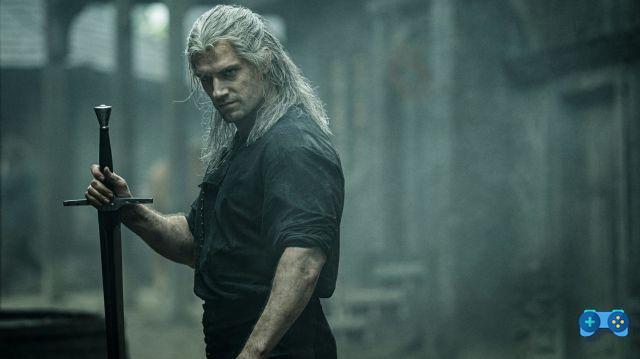
Most of the first season is inspired by the events described in the two short story collections, "The guardian of the innocents" and "The Sword of Destiny"Both published by North Editions, even if the showrunner Lauren Schmidt Hissrich he considered it necessary, in this first season, to deepen some themes only hinted at in the books, leaving out others on which Sapkowski concentrated on. Let's see together then the main differences between the books and the Netflix series.
The nine main differences between the series and the books
1) Timelines
The decision of the screenwriters to face at the same time multiple timelines, if on the one hand it has enormously confused some viewers (especially those completely fasting the story and lore of the Strigo's adventures), on the other it has allowed us to immediately deepen the historical and geopolitical context in which the adventures of Geralt, Yennefer and Ciri unfold. In fact, in the series, the fall of Cintra is the element that triggers the series of events that will lead Geralt and Ciri to meet. In the books, however, this event is only described in the last tale of the Sword of Destiny, the second volume of the saga. Similarly, the death of the lioness of Cintra, Calanthe, is only hinted at in the books and devoid of the pathos conferred on the event by the Netflix series.
Of these facts the reader learns only through the tales that Jaskier it reports to Geralt, therefore indirectly. The latter in fact, unlike what was seen in the Netflix series, was not present during the siege of Nilfgaard. Basically the whole story of Geralt who goes to court to rescue Ciri and ends up imprisoned is an invention of Hissrich. The choice to devote so much attention to these moments, however, proved to be very appropriate because in this way we were able to experience firsthand the tragic events that are the prologue to the adventure. At the same time we got to feel empathy towards Ciri, seeing everything she endured. Finally, from the very beginning, history allows us to know Cahir [Eamon Farren], a fundamental character for the entire economy of the story, which in the books it is only elaborated much further on in the books.
2) The powers of Ciri
In the Netflix series, Ciri's powers are more evident and stronger from the start. In Sapkowsky's stories there are some hints that Ciri has special abilities, but it is only a kind of "magical instinct" or foreboding ability (eg when Ciri warns Geralt that they are going in the wrong direction) or resistance to the magical power (for example when she discovers she is immune to the powers of Brokilon's waters). It is only in the book "The time of war" - the fourth - that the true power of Ciri is understood.
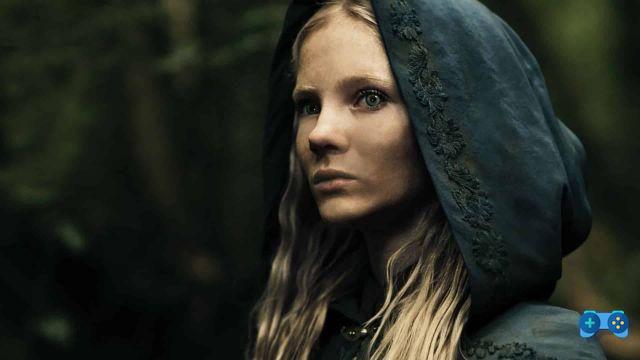
The series shuffles the cards a bit and depicts a Ciri endowed with indomitable and chaotic abilities, just like her mother Pavetta in turn descended from Lara Dorren, the legendary and powerful Elf who married a human. Also, at the end of the season (Spoiler attention) Ciri goes into a trance and pronunciation la Prophecy of Ithlinne Aegli aep Aevenien, a sort of Ragnarok of which all the inhabitants of the continent are well aware in the literary saga and which instead in the show seems to belong only to a small number of people.
“I tell you that the time of the sword and the ax is approaching, the time of the Storm of the Wolf. The time of White Frost and White Light, the time of Madness and Contempt, Tedd Deireadh, the Age of the End. The world will perish in ice and be reborn under a new sun. Reborn from the Old Blood, from Hen Ichaer, from the planted seed. A seed that will not die but will burn in flames!
Ess'tuath esse! So be it! Watch the signs! I tell you these signs will come - the earth will be bathed in the blood of Aen Seidhe, the Blood of the Elves ... "
3) The story of Yennefer
Yennefer's timeline is entirely the fruit of Hissrich's pen. In fact, in the books, the story of Yennefer is only hinted at and never really deepened. The story of the murder of the newborn princess, her stay in Aretuza (the school for young witches), the relationship with her family of origin and with Tissaia [MyAnna Buring] and the whole absurd story of transformation of the apprentices into eels is completely invented for the series (but why ?!).
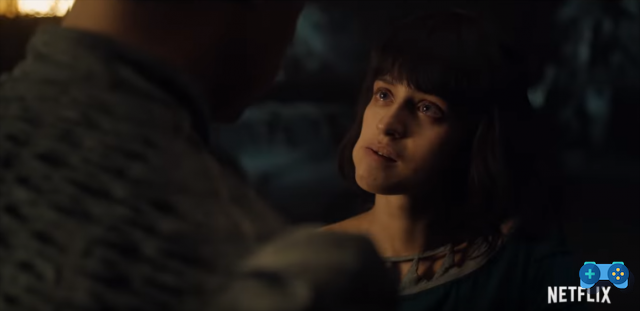
Yennefer in the books is a mysterious character and this has contributed to increasing his fascination also for the readers; in the saga, on the other hand, we know so much about its past (and its forms) that part of its ambiguous charm fades inexorably. The only things we know about Yennefer in the books are revealed to us in the short story "The Last Wish", in which it is revealed that Yen was humped. His suicide attempt is instead mentioned only in the final novel “La Signora del Lago”; otherwise, everything that is seen of Yennefer's life before she met Geralt in the fifth episode of the Netflix saga is the fruit of the writers' imagination.
Yennefer actually also has it in the books a romantic relationship with Istredd [Royce Pierreson] as described in the short story "A Shard of Ice", but in that short story the focus is on their relationship at a later stage of their life. However, even this choice, although as we said it has somewhat removed the mystery from the figure of the Vengerberg sorceress, it has allowed us to become attached to the character, to understand and accept his hostility towards everything and everyone and, finally, also the love towards Geralt and her desire for motherhood.
The latter aspect, however, could have been better dealt with. In the books it is just a hint, in the show instead great attention is paid to this aspect, but everything appears a bit too hasty: the reasons that push Yennefer to move away from the brotherhood of sorcerers "have taken away the possibility of choosing", "I want to be important to someone ”, at least on the basis of what we have seen so far, do not seem to justify Yen's obsession with motherhood.
4) The story of Ciri
After escaping from Cintra, Ciri's journey begins in the show. This all starts after Ciri's escape from Cahir until she finally meets Geralt it is not present in the books. Furthermore, his stay in Brokilon takes place under different circumstances. In the story "The Sword of Destiny", Geralt meets Ciri for the first time in Brokilon where she got lost after running away from a marriage proposal in a neighboring kingdom. The dryads originally wanted Ciri to stay and become one of them, but when she proves immune to their magical waters, the dryads agree to let fate take its course, allowing her to leave with Geralt. That's when that Geralt denies accepting his fate and insists on returning Ciri to Cintra rather than claiming his surprised daughter.
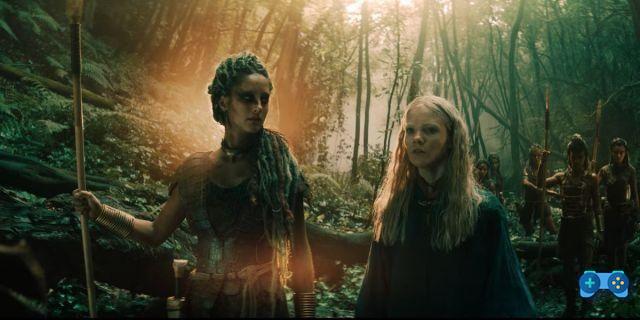
In the books there is not no Dara (Wilson Radjou-Pujalte), nor a doppler killing Ratbag. While it makes sense that the show had to bridge the gaps between the fall of Cintra and Ciri's finding of Geralt, on the other hand this part of the show is the least exciting and in-depth of all.
5) The renunciation of fertility
In Netflix's The Witcher series, Yennefer chooses to sacrifice her uterus to become beautiful. Infertility and the struggles to assert one's "blood rights" are recurring themes in all the books. Dryads, elves at a young age, sorcerers and wizards are unable to reproduce naturally. But while the book only hints at the difficulties that this fact has created - essentially causing the extinction of the Elven people, overwhelmed in numbers by the human one, endowed on the contrary with great reproductive strength) - it never addresses the question as directly as the show did in the third episode.
The sterility of witches is due to the mutations they undergo, but the books leave it unclear how and why they actually become sterile. The Witcher series has filled that void revealing that the cost of Yennefer's physical transformation is to sacrifice her uterus.
6) The character of Triss
Triss (Anna Shaffer) plays a fundamental role in the show and especially in the games of CdPRojekt RED, but in reality in the books her figure is much more marginal. While in the series The Witcher for example she is the one who hires Geralt to free the daughter of Foltest, king of Temeria, from the curse, in the short story “The Witcher“, the person who wants Geralt to cure the witcher is a marginal character.
In the show it is shown to us the Battle of Sodden (by the way: do you also think it was much better than the battle of Winterfell?) and the role played by Triss Merigold. At this stage the series deepens the relationship between Triss and Yennefer and above all (judging from the look of Triss quadno speaks of the Witcher who saved the princess) of this with Geralt. A love triangle of which we are sure we will find out more in the second season, than instead the books assume.
It undoubtedly remains there most questionable casting choice of the whole adaptation, although Anya Chalotra also differs considerably from Yennefer's description. Despite this, the actress has been able to convince for her interpretation, while the character of Triss remains constantly very distant, not only in her features, especially from her videogame counterpart.
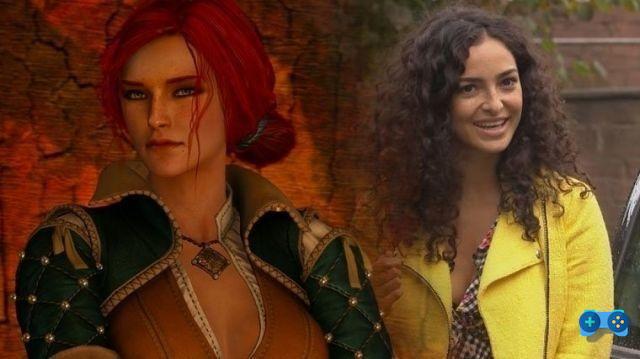
7) The last wish
Yennefer and Geralt quarrel over the last wish expressed by the latter in the short story “The Last Wish“. It does not come in the book never revealed the contents of the last request made by Geralt to the Jinn for save Yennefer. Unlike what happens in the Netflix series, Yennefer hears what Geralt's last wish is when he expresses it - and his reaction gives an idea of how amazing that wish is. “I don't know if there is such a Force in nature that can grant such a wish. But if he exists, then he is condemned, condemned to me, ”Yen tells Geralt. This also explains why the two soon after the fight with the Jinn have a relationship and start a relationship. The thing in the series appears, at least at the beginning, a bit forced and banal.
In Netflix's The Witcher Yennefer does not listen directly to Geralt's wish at the Jinn, and even if it is not said openly it is understood that Geralt on the show wished that Yennefer fell in love with him, somehow. At this point Yennefer, doubting that her feelings are real, quarrels with Geralt and abandons him. However, it is highly unlikely that Geralt wished for something so simple, or manipulative; the witcher has a rather strict moral code and frankly a desire like that seems a bit out of character.
8) The Battle of Sodden
In the book the Battle of Sodden does not come never fully described, but it is continually referred to as one of the events that forever marked the history of the Continent and of magic. Not only because of the enormous sacrifice made by the order of mages to fight Nilfgaard, but also because it gives rise to the political events that will be the background to the adventures of Ciri and Geralt. After it, the lodge of the sorceresses was also founded to replace the Council and the sorceresses will no longer be frowned upon at court.
During Geralt's long search for Yennefer, the latter visits Sodden fearing to see her name listed on the memorial obelisk, and it is during this journey that Death visits him. The show only hints at this event in the scenes of Geralt's dream and nightmare he has and shares with Ciri.
9) Geralt's childhood
The show unveils some information on Geralt's childhood in the form of a flashback / delirium he has after a ghoul bite. His mother is also presented to us in these visions Visenna, a healing sorceress. It is not clear if Geralt actually met Visenna and she healed him or is it all the fruit of his delirium as the show suggests. It must be said that, even if the traveler in that scene claims that there was no woman with him that night, we must not forget that Visenna is a sorceress, even quite powerful.
A similar encounter also occurs in books but Geralt can never see his mother completely and so clearly. In the show there is also a reference to the fact that Visenna already knew the fate of Geralt and there are also hints that she may have chosen to make him become a witcher for the role that he was destined to play. All these elements are completely absent in books.
If you want to know more, we recommend that you also read these other interesting articles:
The Witcher, the interactive map that chronologically explains the events
A look at the world of The Witcher between novels and videogames










